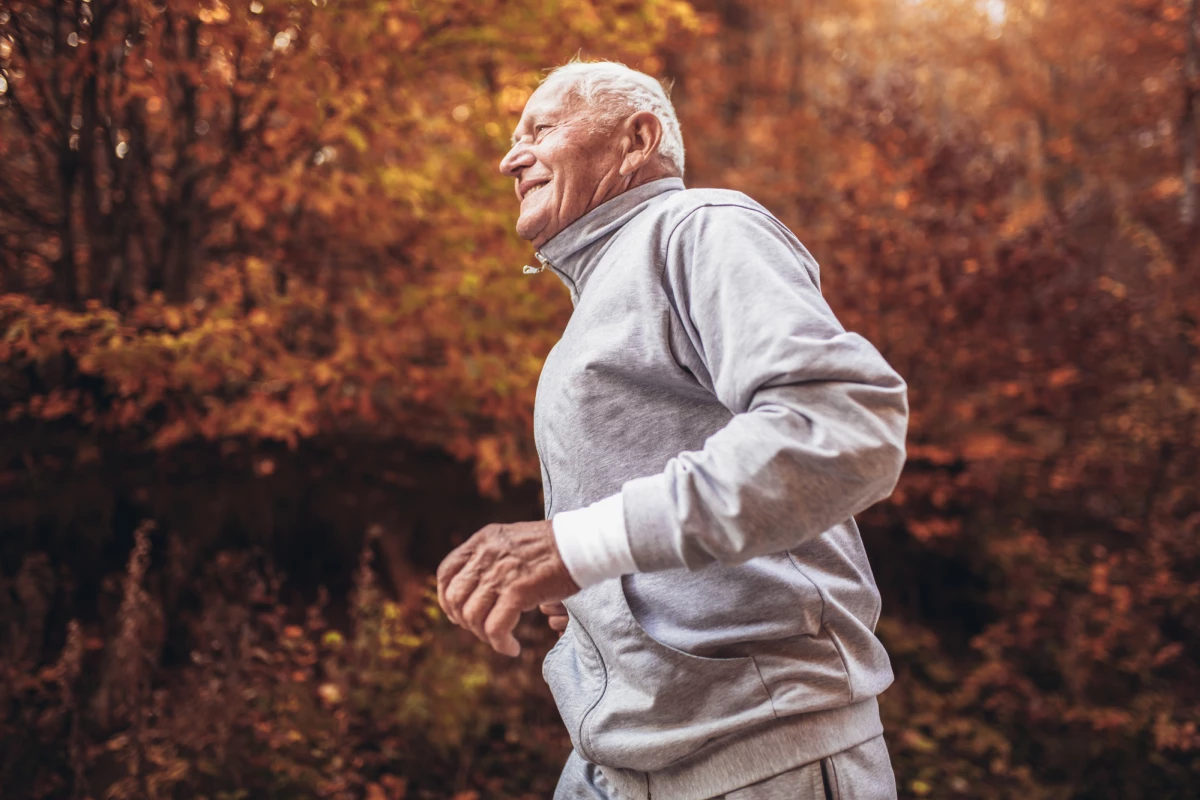The benefits of leading an active lifestyle are wide-ranging and increasingly well-established, but there is still plenty we can learn by drilling into the details of its long-term impacts on the human body. A new study has plugged a gap in our knowledge around how sustained physical activity can help protect against age-related muscle decline, with regular exercise found to boost numbers of key stem cells that keep muscles young and healthy.
While it is common knowledge that regular exercise can keep our muscles fit and firing, the authors of this new research sought to investigate how a lifetime of physical activity can preserve their decline in old age. It is claimed to be the first study to delve into the relationship between muscle fiber denervation, which causes loss of mass and function, and declining muscle stem cells in old age.
Muscle stem cells are cells in the skeletal muscle tissue that are capable of self-renewal and can turn into muscle cells, and are therefore vital in the body's response to injury or damaged tissue, and in protecting against nerve decay. The idea was to investigate how exercising at a recreational level through things like swimming, cycling, running and ball games over the course of one's life could counter the decline in muscle stem cells and with it, muscle fiber denervation.
Researchers at the University of Copenhagen did so by enlisting 46 male participants who were sorted into three groups, "young sedentary," "elderly lifelong exercise" and "elderly sedentary." All were then made to perform a heavy resistance exercise in which their muscle function was assessed during a knee extension movement.
The single most important message from this study, is that even a little exercise seems to go a long way, when it comes to protecting against the age-related decline in muscle function
The scientists took blood samples and muscle biopsies from both legs, allowing them to build a picture of muscle stem cell population and muscle function. The lifelong exercisers exhibited greater resistance to fatigue during the exercise, greater quantities of muscle stem cells associated with fast twitch muscle fibers and a beneficial muscle innervation status, compared to both the old and young inactive subjects.
“This is the first study in humans to find that lifelong exercise at a recreational level could delay some detrimental effects of aging," said lead author, Casper Soendenbroe, "Using muscle tissue biopsies, we’ve found positive effects of exercise on the general aging population. This has been missing from the literature as previous studies have mostly focused on master athletes, which is a minority group."
While the study is limited in scope, with a small sample size and an average age of 73 across its male-only contingent, the scientists say it is more representative of the general population and their typical mix of regular activities than those before it. They plan to carry out further studies in females and see if these benefits are maintained later in life.
“The single most important message from this study, is that even a little exercise seems to go a long way, when it comes to protecting against the age-related decline in muscle function," said Soendenbroe. "This is an encouraging finding which can hopefully spur more people to engage in an activity that they enjoy. We still have much to learn about the mechanisms and interactions between nerves and muscles and how these change as we age. Our research takes us one step closer.”
The research was published in The Journal of Physiology.
Source: The Physiological Society




